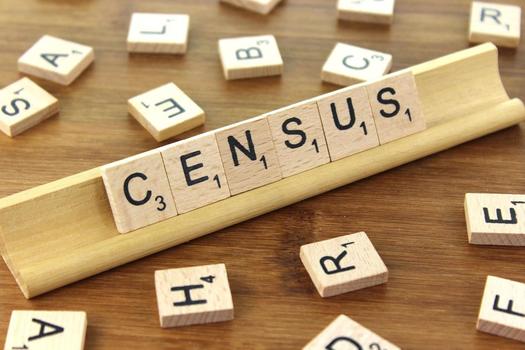It’s official. Colorado now has eight seats in the U.S. House of Representatives. The latest census results yield a net gain of one seat in Congress from the seven seats Colorado has had since 2000. For those who follow the stats, the number of U.S. congressional seats held by Colorado has doubled since 1910.
But we’ll all have to wait until Aug. 16 before the U.S. Census Bureau releases the state-by-state data on how that population within each state has shaken out to know how the new congressional boundaries will be drawn. Given that the map will carve out an eighth Colorado congressional district, there is a lot riding on that information.
The U.S. Census Bureau released its first data regarding the 2020 Census on Monday afternoon, information that determines the congressional apportionment and population totals for each state. Any other demographics about minority populations, ages, race, and ethnicity won’t be available until Sept. 30, so the deep-dives into what changed and where will have to wait a bit longer. The virtual news conference was led by Ron Jarmin, Acting Director of the Census Bureau, and Michael C. Cook, Sr., Chief, Public Information Office.
The Census Bureau announced how many seats each state will get, together with each states’ total population, and any changes in population since the 2010 Census. Some highlights:
- Colorado’s population is now 331,449,281, which is a 7.4 percent increase over the 2010 census
- The country’s growth rate is lower than the previous 9.7 percent between 200o and 2010. In the past decade, the population of the U.S. grew at the second-slowest rate in U.S. history.
- The growth rates of the four major U.S. regions was uneven, with the highest population growth in the west and south:
- South +10.2
- West +9.2
- Midwest +3.1
- East + 4.1
- The state with the fastest rate of growth was Utah, at 18.4 percent.
- Three states lost population, with the worst loss in West Virginia, which lost 3.2 percent of its residents.
- The state with the largest population continues to be California – topping 39 million.
- The state with the smallest population is Wyoming, with a population of only 576,000 (for the record, this is a far smaller population than the District of Columbia).
- The 2020 census revealed a population shift of 84 seats to the west and south, just since 1940.
- A total of seven seats shifting among 13 states, but interestingly, this was the smallest number shifting among states since 1941
- Six states have gained seats: Texas, with a population of 29,183,290 gained two seats. Five states each gained one seat: Colorado, Florida, North Carolina, Oregon, and Montana.
The average population size of a congressional district is now 761,169 people. which is 50,402 more people over prior district sizes.
The apportionment population results from the 2020 Census determine the number of seats each state gets in the U.S. House of Representatives for the next 10 years. Apportionment is the process of distributing the 435 seats in Congress to states based on their population. These statistics are the first to be released from the 2020 Census. The re-ranking begins at 51 (every state, no matter how small get’s at least one representative) and the apportionment ranks through the 435 congressional seats.








Recent Comments